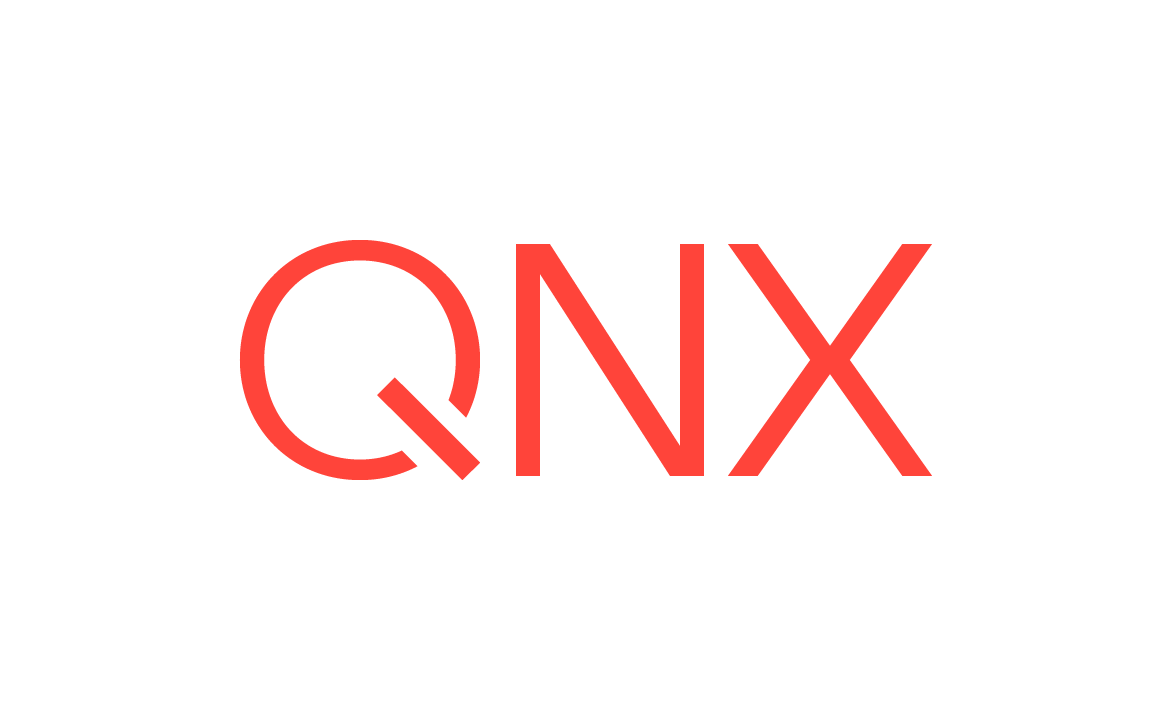File lookup
The sections that follow contain various methods that you can use to obtain status information
(maturity level) on the files and packages, as well as other legal information. See Deploy licenses to users
to learn more about the package status.
Data collection method
Single file lookup - by attribute
You can look up file information using known file attributes (i.e. DigestSHA512, BuildID, Package)
- Desktop GUI: Not supported.
- Client Portal: Supported.
-
Command line: -fileSearch query —
for more information, see
Using the command line
.
Single file lookup - by file
You can look up file information for a specific file by providing the file itself.
-
Desktop GUI: You may do this indirectly by scanning the parent directory.
For more information, see
Using the GUI
. - Client Portal: Not supported
-
Command line: -fileInfo filepath —
for more information, see
Using the command line
.
Single file lookup - by use
You can look up file information for a specific file by providing the output of the use -i command.
- Desktop GUI: Not supported.
- Client Portal: Supported.
- Command line: Not supported.
Multiple file lookup - host directory scan
You can lookup information on a set of files by scanning the host directory, or the mounted target directory.
-
Desktop GUI: Supported. For more information, see
Using the GUI
. - Client Portal: Not supported.
- Command line: Not supported.
Multiple file lookup - target manifest
You can lookup information on a set of files by scanning the target file system using the Qscan tool, and then importing this report.
-
Desktop GUI: Supported. For more information, see
Using the GUI
. - Client Portal: Supported.
-
Command line: -reportImportQScan Qscan report —
for more information, see
Using the command line
.
Data Import Method
Reconcile with local installation data
-
Desktop GUI: The desktop GUI will attempt to reconcile with local data, see
Using the GUI
. - Client Portal: Not supported.
- Command line: Not supported.
Reconcile with server data
-
Desktop GUI: The desktop GUI will attempt to reconcile with server data, see
Using the GUI
. - Client Portal: Supported.
- Command line: Not supported.
Reporting Method
The QNX Software Center currently only supports custom and templated reports. Reports come in the form of a tree table where you can group, sort, hide, and show columns.
The columns, grouping and sorting of the templated reports are pre-configured. For more information,
see Manifest report fields
.
-
Desktop GUI: Supported. For more information, see
Using the GUI
. - Client Portal: Supported.
-
Command line: -reportPresentation template —
for more information, see
Using the command line
.
Export Method
The QNX Software Center currently only exports reports in CSV (comma-separated values) format, so it's easy to process them with your existing data analysis and office productivity tools.
- Desktop GUI: Supported. Use the Export command in the Report view.
- Client Portal: Supported.
-
Command line: -reportSaveAs path —
for more information, see
Using the command line
.
